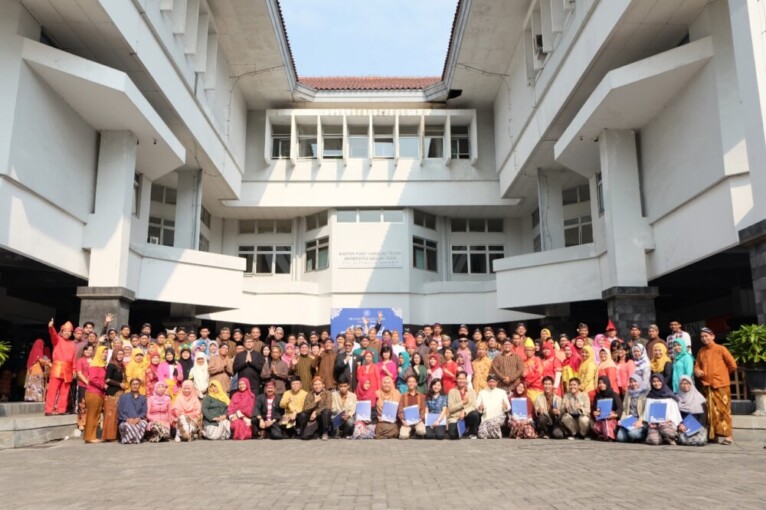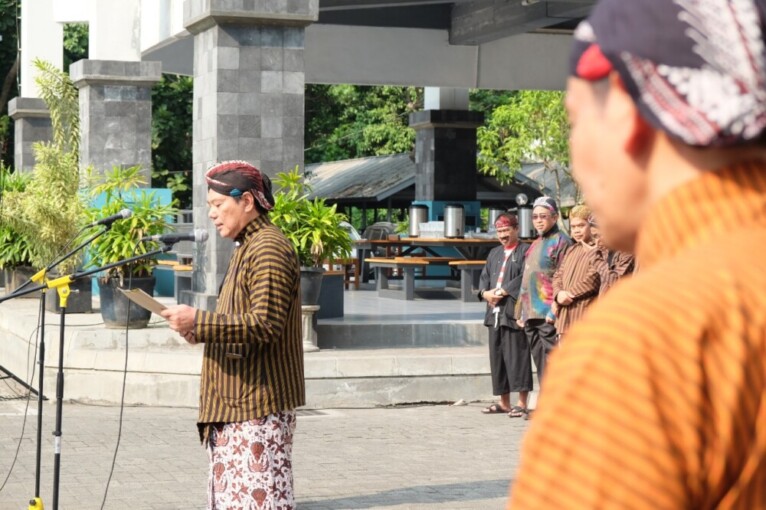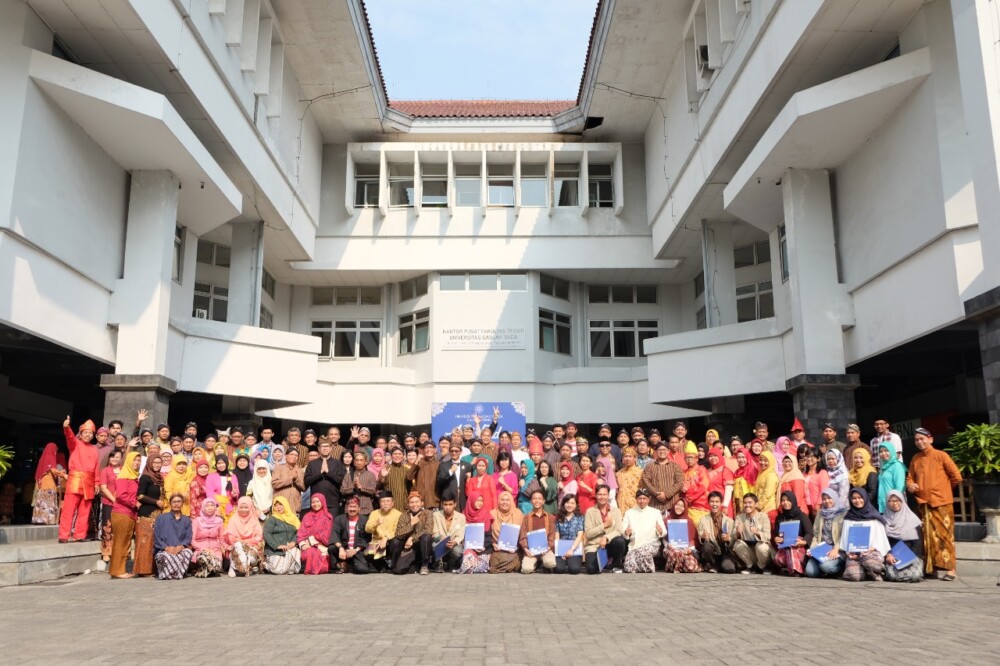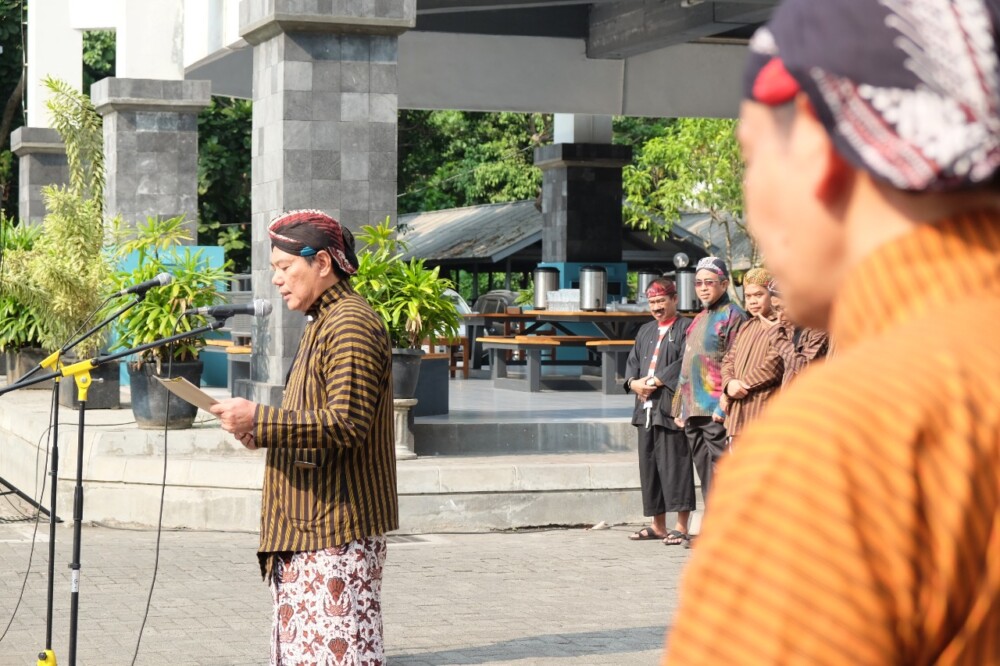The 7.4 Richter scale earthquake and tsunami struck Palu and Donggala in Central Sulawesi on Friday (28/9). UGM Geologist, Prof. Dr. Ir. Subagyo Pramumijoyo, DEA, said Palu and Donggala are the meeting point of three main tectonic plates in the world, Indo-Australian, Pacific, and Eurasian plates.
“Palu and Donggala are situated in the clash zone of world’s three main plates which make the areas vulnerable to earthquakes,” he said in Geology Department Engineering Faculty of UGM on Tuesday (2/10).
The movement of these plates, he said, had caused the shift of Palu Koro fault, hence the earthquake. The fault is active with movement reaching 45 millimeter per year.
“The earthquake in Sulawesi had the mechanism of shifting faults that did not cause a change in seawater volume or not triggering a tsunami,” he said.
Subagyo said the tsunami in Palu was more due to the major sea sediment slides due to the plates shifting. Moreover, the location of Palu in the corner of a narrow bay made the tsunami waves lead towards the city.
“In the narrow bay, tsunami waves energy will get stronger towards lower areas,” he said.
The earthquake also cause the phenomenon of liquefaction in nearby town on Sigi. Subagyo said, liquefaction, often happened in sandy lands. During earthquakes, the sandy land mix with underground water and breach through ground cracks.
His research since 2005 showed that the length of Palu Bay consists of soil with contours that allow liquefaction. The sediment is 170 meter deep which makes the bay not safe for residential settlement due to liquefaction potential when an earthquake hits.
Learning from Palu Earthquake
Head of UGM’s Centre for Disaster Studies, Dr. Djati Mardiatno, said the preparedness of government and society in Central Sulawesi was still low as seen in the high death toll and massive infrastructure damage.
Djati said Palu and Donggala had been identified as red zone areas which are prone to earthquake and tsunami. “Seeing the potential and threat of disaster in Palu, the local government and society should have been on alert. But the impact of the disaster raises the question on how serious the local government in mitigating earthquake risks,” he said at his office.
The lessons from earthquakes in Aceh, Padang, Yogyakarta, Tasikmalaya, and other parts of Indonesia ought to be learned by all. The Palu earthquake, however, demands everyone to re-learn in building disaster preparedness.
Disaster mitigation needs to be strengthened through public building strengthening against earthquake, tsunami, or liquefaction as well as government and society capacity building.
Djati also mentioned spatial planning ought to consider disaster potential and threat to minimise disaster risks. Spatial concept ought to consider natural disaster risks by not permitting the construction of residential settlement in disaster prone areas.
“Areas impacted by disasters ought to be vacated or still occupied but through mitigation such as earthquake or liquefaction resilient public facilities or settlement,” he concluded.







